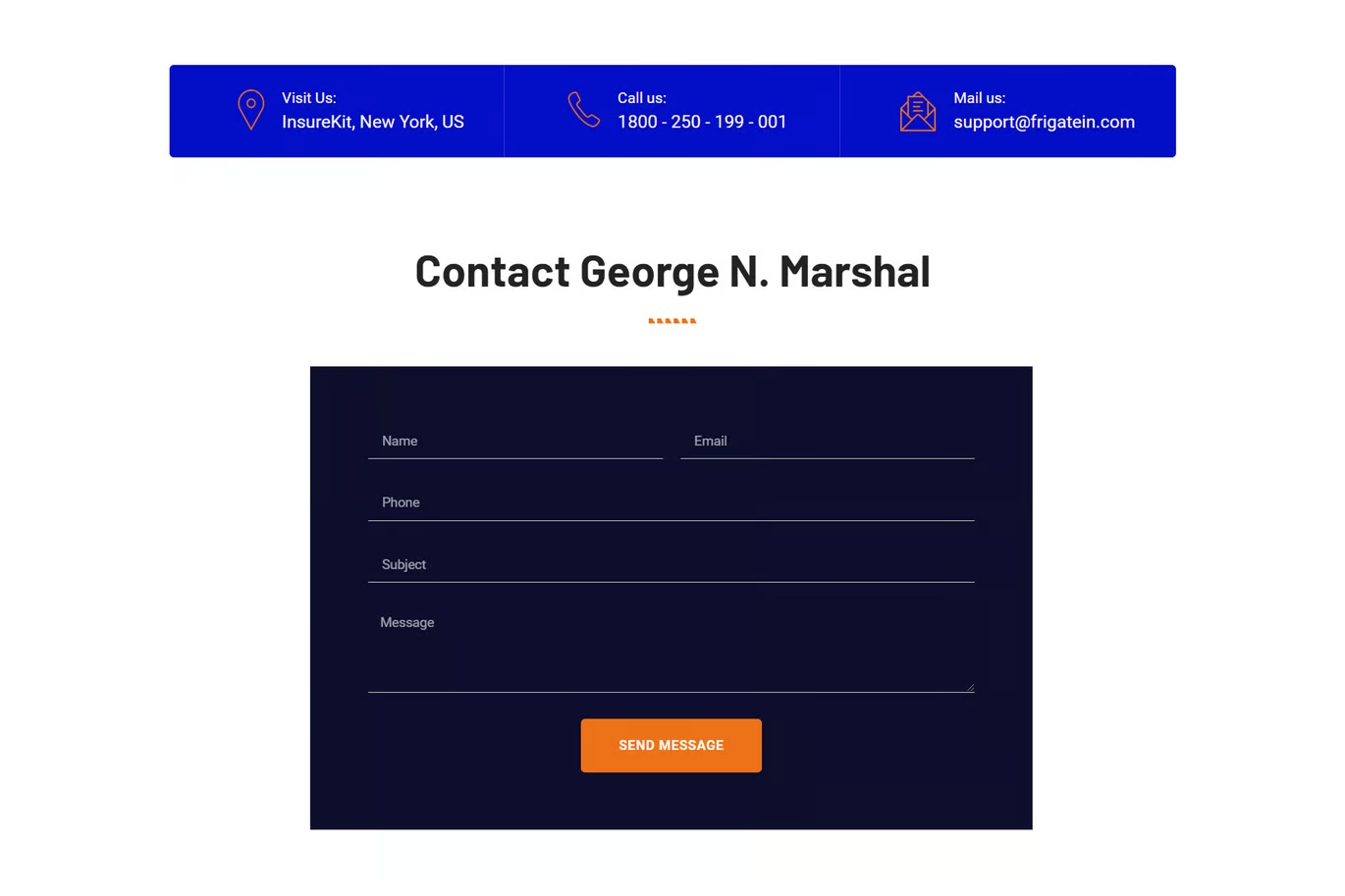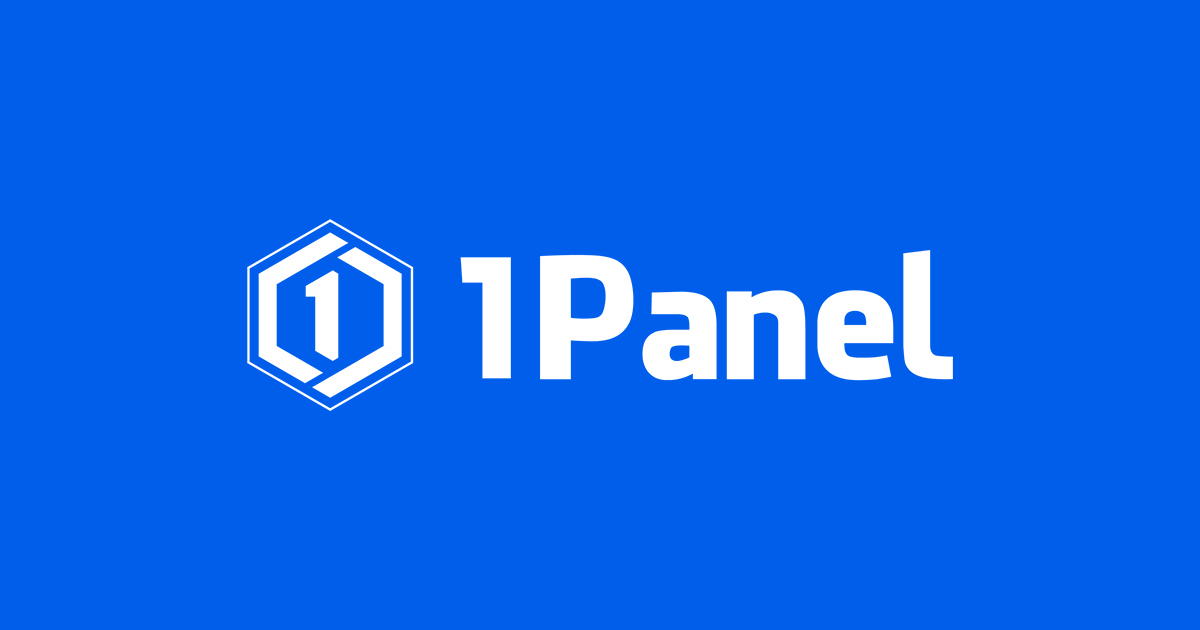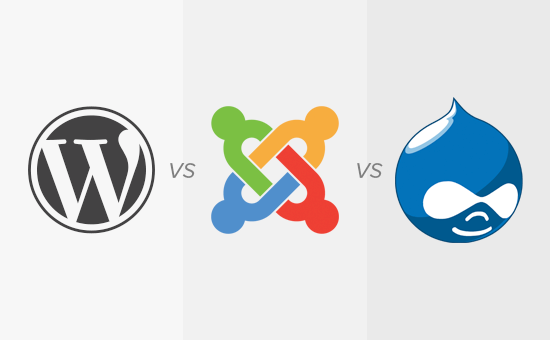A community website is not just a platform for information dissemination, but also an important venue for user communication, knowledge sharing and brand loyalty development. Instead of developing a complex interactive platform from scratch, it is better to utilize an open source content management system (CMS) to quickly build a powerful, scalable community website.
![Image [1] - A complete guide to quickly building an interactive community website with an open source CMS](http://gqxi.cn/wp-content/uploads/2025/06/20250623101240675-image.png)
First, why choose open source CMS?
Open source CMS (e.g.
- zero license fee: Save on initial costs.
- Strong Community Support: There are tons of developers offering plugins, templates and technical support.
- Highly scalable: Flexibility to add interactions, forums, private messaging, likes, leaderboards and more.
- Easy to maintain and update: Stable versions and upgrade paths are available.
Second, choose the right open source CMS platform
1. WordPress + BuddyPress / bbPress
Ideal for beginners or projects that want to go live quickly:
- BuddyPress: Turn WordPress into a social network.
- bbPress: Lightweight forum plugin with embeddable pages.
- Applicable Scenarios: communities of interest, learning communities, branded membership clubs.
![Image [2] - A complete guide to quickly building an interactive community website with an open source CMS](http://gqxi.cn/wp-content/uploads/2025/06/20250623111905449-image.png)
2. Drupal + Organic Groups / Forum Module
Ideal for enterprise-level projects that require fine-grained privilege control and complex structures:
- vantage: Extremely flexible and suitable for multilingual, corporate intranet communities.
- drawbacks: Higher learning curve and complex configuration.
3. Discourse
An independent and modernized forum system:
- specificities: Responsive design, powerful notification system, support for labeling, permission role grouping.
- deployments: Based on Ruby on Rails, requires dedicated server support.
- suitability: Developer community, product support forums, and knowledge Q&A platform.
4. Flarum
Lightweight, modern and fast:
- specificities: Minimalist interface, extensive extension system.
- suitability: Small and medium-sized communities, emerging brand user groups.
III. Website core functionality design
A successful interactive community must have the following features:
1. User systems
- Register/Login
- User Profile Page
- Avatar, Signature, Rating System
![Image [3] - A complete guide to quickly building an interactive community website with an open source CMS](http://gqxi.cn/wp-content/uploads/2025/06/20250623112228217-image.png)
2. Content distribution and interaction
- Thread posting, comment replying
- Liking/favoring/following mechanism
- Multimedia uploads (images, videos, links)
3. Authority and grouping
- Administrator, moderator, and general user privileges are differentiated
- Community compartmentalization (e.g., technical area, living area)
4. Notification system
- Real-time push notifications (reply alerts, private messages, etc.)
- Email Notification and Subscription Functions
![Image [4] - A complete guide to quickly building an interactive community website with an open source CMS](http://gqxi.cn/wp-content/uploads/2025/06/20250623112406569-image.png)
5. Private messaging and chat system
- One-on-one private message
- Group chat (optional)
Fourth, plug-ins and extensions recommended
In the case of WordPress, for example, the following plugins can be used to extend the community functionality:
- BuddyPress: Core social features
- bbPress: Forum module
- Youzify (formerly Youzer): Enhancement of user profiles
- WP User Manager: User Registration and Management Extension
- MyCred: Points system
- GamiPress: Medals and Leaderboards
- MailPoet: Email subscription, news push
V. Content and user growth strategy
1. Content-driven
Regularly publish quality content and invite experts in the field to form a knowledge attraction.
2. User participation mechanisms
- Publishing tasks, punch card system
- Points redemption, exclusive medals
- Create interactive topics or quizzes
![Image [5] - A complete guide to quickly building an interactive community website with an open source CMS](http://gqxi.cn/wp-content/uploads/2025/06/20250623113238485-image.png)
3. Social media linkages
Promote community content through social platforms (Twitter, Facebook, Instagram, etc.) to attract traffic.
VI. Security and performance optimization
1. Security measures
- utilization HTTPS
- Installation of security plug-ins (e.g. Wordfence(Sucuri)
- Regular backups of databases and files
![Image [6] - A complete guide to quickly building an interactive community website with an open source CMS](http://gqxi.cn/wp-content/uploads/2025/06/20250623113344536-image.png)
2. Performance optimization
- Cache acceleration (using WP Rocket or Redis)
- CDN Accelerated Images and Static Resources
- Regular junk content cleanup and database optimization
VII. Conclusion
Open source CMS provides flexible tools and a strong foundation for building interactive community websites. From technical implementation to community operation, reasonable planning and continuous investment, even individuals or small teams can create a community platform with influence and high user activity.
Link to this article:http://gqxi.cn/en/62083The article is copyrighted and must be reproduced with attribution.




















![Emoji[jingya]-Photonflux.com | Professional WordPress repair service, worldwide, rapid response](http://gqxi.cn/wp-content/themes/zibll/img/smilies/jingya.gif)






No comments